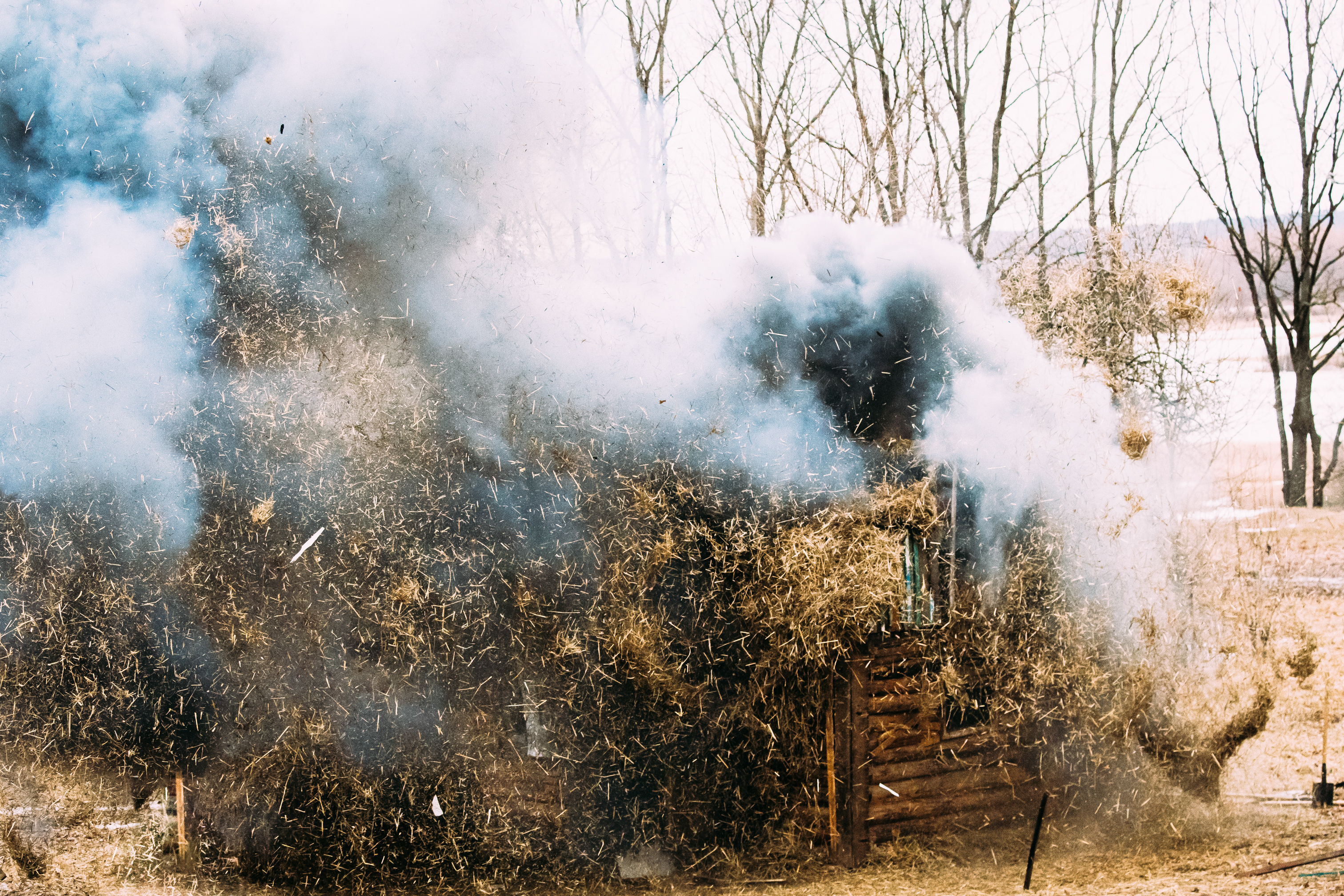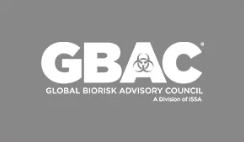Hazards That are Involved with Cleaning Meth Labs

Abandoned meth labs are a disaster waiting to happen and are incredibly dangerous and expensive to clean up due to the toxic chemicals used to create the drug. Not only that, but the surrounding area can also be hazardous as solvents and toxic materials are dumped into rivers, filtering into sewers, and grounds surrounding the lab. One pound of meth roughly produces six pounds of toxic waste.
Meth labs can be located anywhere and have been discovered in both residential and commercial districts as well as more secluded, rural areas. Mobile labs have also been found in boats, automobiles, and other outdoor locations. Should you suspect the presence of a meth lab, leave immediately for your safety, and report it immediately to your local authorities who will enlist the help of specialists to clean the lab, such as  biological damage restoration in Urbana, IL.
biological damage restoration in Urbana, IL.
There are several hazards involved in cleaning up meth labs. Some of the risks involve the following:
High Risk of Explosion
The chemicals used to produce the drug are extremely dangerous, flammable, and volatile, quickly igniting or exploding if mixed or stored incorrectly. Abandoned meth labs are, therefore, the equivalent of a waiting time bomb, and a single spark can blow up the entire lab causing severe harm not only to those in the lab but also to neighbors living close by, passersby, and anyone else in the surrounding area.
Due to the precarious nature of the volatile chemical components, when these chemicals find their way into the hands of untrained methamphetamine cooks, who both work with and use the drug, the lab is exceptionally unsafe. Additionally, there can also be excessive amounts of dangerous broken glass.
Hazardous and Toxic Chemicals
Even if no explosion occurs, cleaning up a meth lab is still incredibly dangerous due to the exposed hazardous and toxic chemicals used to produce the drug. The majority of the chemicals used in the production process are flammable, corrosive, and, sometimes, even radioactive. Possible side effects resulting from exposure to these chemicals include dizziness, intoxication, a lack of coordination and nausea, severe chemical burns, pulmonary edema, severe respiratory problems, and other resulting damages to the internal organs.
The labs, therefore, pose a grave health risk, and Methamphetamine waste can easily burn the eyes and cause severe burns to the skin, as well as rashes and tissue irritations as a result of direct skin contact or chemical spills. It is important to note that toxic chemical residue can remain for many months, even after a meth lab closes.
Inhalation
When cleaning a meth lab, there is a very high chance of being exposed to methamphetamine gases, which, when breathed in, can put you in the hospital and leave you with serious health problems. Inhaling these vapors that result from the drug production process can seriously damage your health and cause anything from a cough and shortness of breath to chest pains. Inhaling methamphetamine gases through the lungs, and consequent absorption into the body, can also result in chemical pneumonitis and more severe life-threatening respiratory problems.
Keep Your Home & Family Safe











